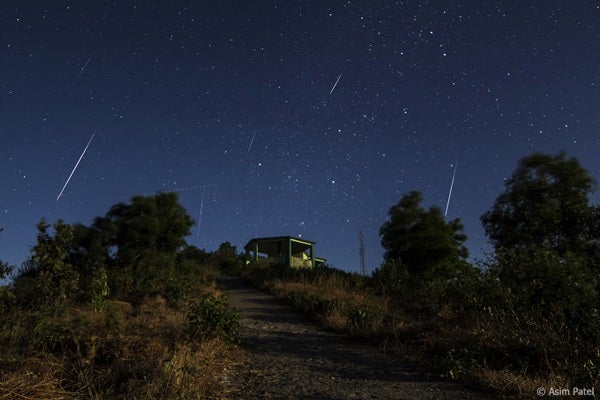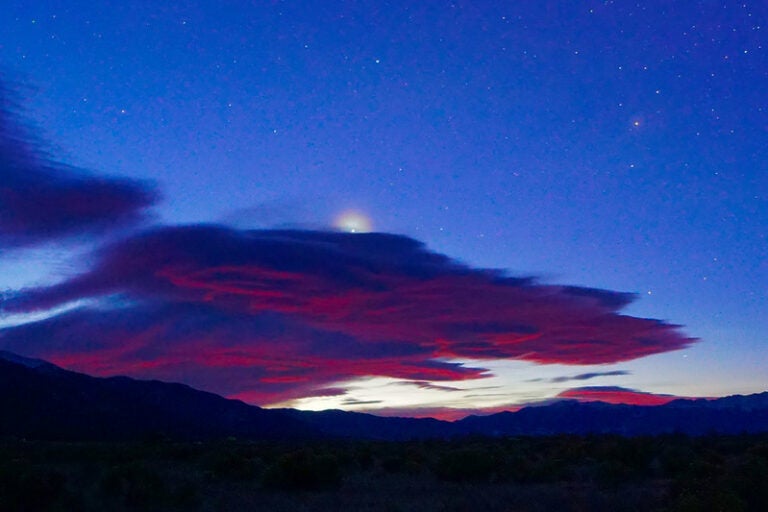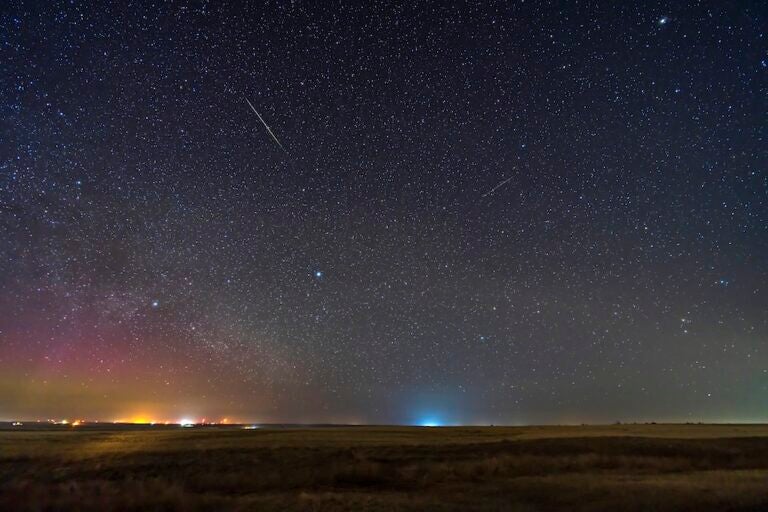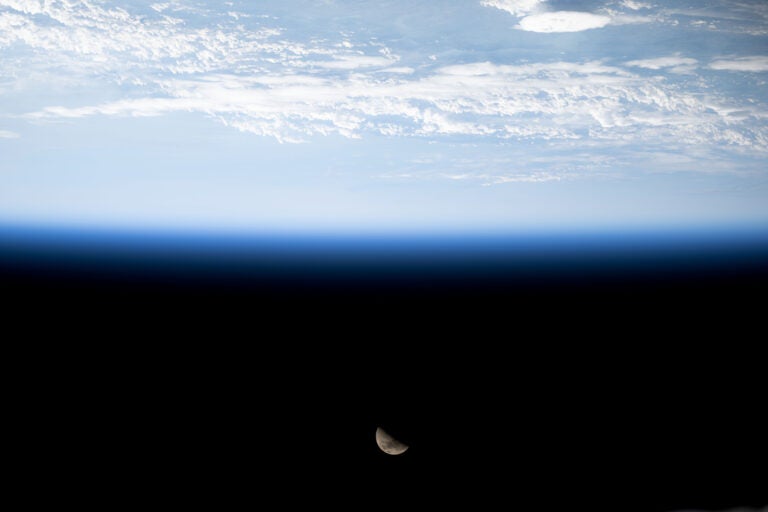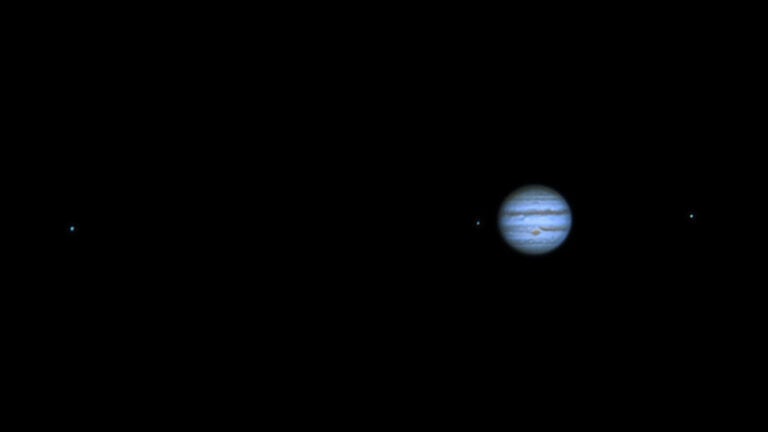The annual Geminid meteor shower, which peaks the night of December 13 and the morning of the 14th, is typically one of the best of the year. The Geminid shower generally features bright meteors, and, unlike most showers, it’s fairly rich before midnight. Unfortunately, in 2016, the Full Moon occurs in the early evening December 13, something observers will need to keep in mind when planning their viewing.
The Geminids are so named because if you trace all the meteor trails backward, they converge within the boundaries of the constellation Gemini the Twins. This point, called the radiant, lies approximately 3° northwest of the 1st-magnitude star Castor.
Geminid meteors are relatively slow moving, and many leave smoke trails that can last a number of seconds. This year, the shower is active from December 4 to 17. The Geminid meteor shower has a broad peak, so observers normally would see an excellent show all night.
According to Astronomy Contributing Editor Ray Shubinski, “The Geminid shower usually produces many bright meteors, so it’s worth heading outside for, even when the weather is cold and the Moon is bright.”
As the radiant approaches the zenith (the overhead point) soon after midnight, observers under clear skies with no Moon would expect to see 80 to 120 meteors per hour. This year, however, the Full Moon tracks through the sky with the radiant, so all the fainter Geminids normally seen will be invisible. Based on past “Full Moon” meteor shower peaks, observers should be able to pick out between 10 and 15 meteors per hour. These will be the brightest of the Geminids, however, and one or more might be spectacular. You won’t know unless you’re outside watching.
Meteors are small particles of rock and metal that Earth runs into while orbiting the Sun. In space, astronomers call these particles meteoroids. When they burn up in the atmosphere, they become meteors. If they survive the fiery ordeal through our thick blanket of air and land on Earth, we then classify them as meteorites. No meteorites come from meteor showers — the particles are too small.
Most meteor showers trace their origins to comets. When a comet swings around the Sun, it leaves a trail of debris (small meteoroids). Sometimes, the orbit of this debris crosses Earth’s orbit. When Earth runs into this stream of particles, we experience a meteor shower.
In 1983, after more than a century of searching for the Geminid shower’s parent comet (astronomers first noted the Geminids in 1862), scientists realized that the asteroid 3200 Phaeton has an orbit almost identical to the Geminid meteoroid stream. Further study confirmed that the asteroid was the progenitor of the Geminid meteor shower.
To maximize the chances of seeing meteors, choose a site at least 40 miles from a major city. And leave your telescope at home. Your eyes alone work best because they don’t restrict your field of view. That said, binoculars will help you follow any long-lived smoke trails.
Suggested gear includes a lawn chair, lots of warm clothing, blankets, cookies or fruit, and a warm, nonalcoholic beverage. Alcohol interferes with the eye’s dark adaption as well as the visual perception of events.
After sunset, a meteor watcher should face generally east and look halfway up. Around midnight, look generally overhead. After midnight, move your gaze to high in the western sky. Good luck!

